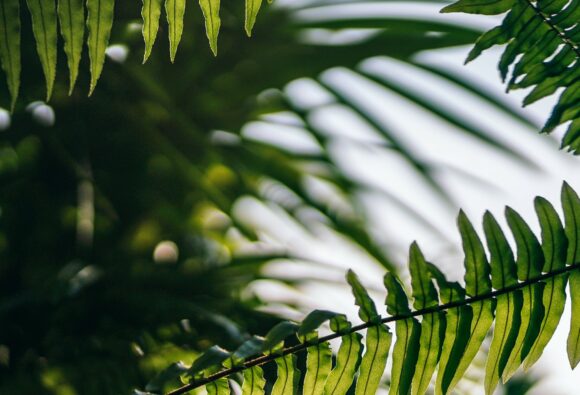- Podcast |
- Innovation
Food and Beverage Hospitality seeing through COVID19 2020
[Date published: 16:10:2020]

Written by:
MELANIE STALEY

The toppling of Edward Colston’s statue in Bristol by Black Lives Matter protesters helped to trigger an imperative and long-artist JB Blunk (1926-2002) was introduced to the surrealist painter Gordon Onslow Ford by their mutual friend Isamu Noguchi. The two artists bonded over their shared interest in Japanese aesthetics, especially the collections of haiku poetry compiled by R.H. Blyth in 1950. Blunk had recently returned to northern California from his 14-month apprenticeship in Inbe under Toyo Kaneshige, one of Japan’s first Living National Treasures, and a master of Bizen ware – an unglazed, woodfired stoneware. Blunk, who arrived at Kaneshige’s house unannounced two years previously, was perhaps the first American to gain such a deep understanding of this tradition.
The same year he met Blunk, Onslow Ford bought land on a wooded rise near Inverness, California, overlooking Point Reyes National Seashore, on a small peninsula to the north of San Francisco. He engaged Blunk to help him build his home there, and upon its completion three years later, invited Blunk and his wife, Nancy Waite, to choose a plot on the ridge for their own home. Hand-built over the course of the next three years, and gradually expanded over the ensuing decades, Blunk’s home and studio became what many consider to be his masterwork, reflecting his reverence for ancient art and place, and the synergy between his art practice and lifestyle. Salvaged materials from nearby beaches, forests and scrapyards combine in a series of functional solutions that constitute artworks in their own right: a scrap wall assembled from a geometric puzzle of irregular pieces of wood; a kitchen table, designed.
“The surrounding forests and coastlines immense, gnarled burls of redwood found on the shores of Mendocino County, which, under his hands, became wonderfully. ”
Melanie Staley
Spanning the mediums of ceramics, sculpture, jewellery-making, painting, and furniture design, much of Blunk’s prodigious output was created here, in his Inverness home and studio, where he lived and worked until his death in 2002. The surrounding forests and coastlines immense, gnarled burls of redwood found on the shores of Mendocino County, which, under his hands, became wonderfully organic, abstract sculptures. Reproduced in a new monograph of Blunk’s work, published in May 2020, a statement written by Isamu Noguchi praises Blunk’s connection with, ‘the open sky and spaces, and the far reaches of time from where comes the burled stumps of those great trees. JB does them honour in carving them as he does … waking them from their long sleep to become part of our own life and times, sharing with us the afterglow of a land that was once here.’
Artist JB Blunk (1926-2002) was introduced to the surrealist painter artists bonded over their shared interest in Japanese aesthetics, especially the collections of haiku poetry compiled by R.H. Blyth in 1950. Blunk had recently returned to northern California from his 14-month apprenticeship in Inbe under Toyo Kaneshige, one of Japan’s first Living National Treasures, and a master of Bizen ware – an unglazed, woodfired stoneware. Blunk, who arrived at Kaneshige’s house unannounced two years previously, was perhaps the first American to gain such a deep understanding of this tradition.
The same year he met Blunk, Onslow Ford bought land on a wooded rise near Inverness, California, overlooking Point Reyes National Seashore, on a small peninsula to the north of San Francisco. He engaged Blunk to help him build his home there, and upon its completion three years later, invited Blunk and his wife, Nancy Waite, to choose a plot on the ridge for their own home. Hand-built over the course of the next three years, and gradually expanded over the ensuing decades, Blunk’s.



FURTHER READING
Podcast
|
Food and Beverage Hospitality seeing through COVID19 2020 Copy

Written by: MELANIE STALEY
Podcast
|
Food and Beverage Hospitality seeing through COVID19 2020 Copy

Written by: MELANIE STALEY
Podcast
|
Food and Beverage Hospitality seeing through COVID19 2020 Copy

Written by: MELANIE STALEY
Podcast
|
Food and Beverage Hospitality seeing through COVID19 2020 Copy

Written by: MELANIE STALEY
Podcast
|
Food and Beverage Hospitality seeing through COVID19 2020 Copy

Written by: MELANIE STALEY
Podcast
|
Food and Beverage Hospitality seeing through COVID19 2020 Copy Copy

Written by: MELANIE STALEY
